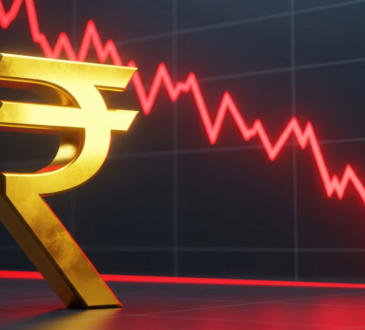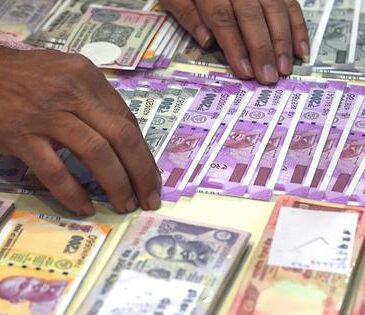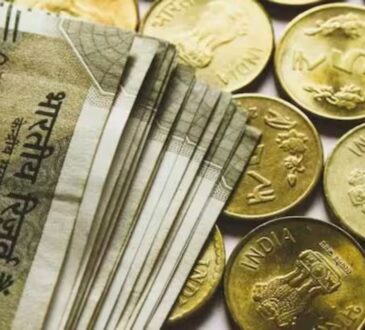
₹500 notes remain dominant, accounting for 40.9% of the total volume and 86% by value
The printing cost of currency notes has surged by around 59 per cent over the last five years, while the supply has increased by around 36 per cent, the Reserve Bank of India’s annual report revealed.
According to the report, expenditure on printing notes was over ₹4,000 crore in FY21, which surged to over ₹6,300 crore, showing a growth of 58.8 per cent. During this period, the supply of notes went up to 3,030 crore pieces as against around 2,233 crore pieces, showing an increase of 35.7 per cent. It also mentioned that during the last two years, FY24 and FY25, the cost went up by 24.9 per cent as against a 24.7 per cent increase in supply.
“The expenditure incurred on security printing during 2024-25 was ₹6,372.8 crore as against ₹5,101.4 crore during the previous year mainly due to increase in indent for printing of banknotes,” the report said, explaining the last two years’ trend. Barring higher indent, it is also believed that the cost of inputs such as ink and paper has gone up along with that of manpower, which resulted in higher expenditure. At the same time, adding new security features also added to the cost.
As of date, RBI receives notes from four currency note printing presses. Two of the presses are owned by the Government of India, and two are owned by the Reserve Bank through its wholly-owned subsidiary, the Bharatiya Reserve Bank Note Mudran Ltd. (BRBNML). The government-owned presses are at Nasik (Western India) and Dewas (Central India). The other two presses are at Mysore (Southern India) and Salboni (Eastern India).
Currency in circulation includes banknotes, central bank digital currency (CBDC) and coins. Presently, banknotes in circulation comprise denominations of ₹2, ₹5, ₹10, ₹20, ₹50, ₹100, ₹200, ₹500 and ₹2000. The Reserve Bank is no longer printing banknotes of denominations of ₹2, ₹5 and ₹2000. The value and volume of banknotes in circulation increased by 6 per cent and 5.6 per cent, respectively, during 2024-25. During 2024-25, the share of ₹500 banknotes at 86 per cent, declined marginally in value terms.
In volume terms, ₹500 denomination at 40.9 per cent, constituted the highest share of the total banknotes in circulation, followed by Rs 10 denomination banknotes at 16.4 per cent. The lower denomination banknotes (₹10, ₹20 and ₹50) together constituted 31.7 per cent of total banknotes in circulation by volume.
Other Currencies
The value and volume of coins in circulation increased by 9.6 per cent and 3.6 per cent, respectively, during 2024-25. As on March 31, 2025, coins of Rs 1, Rs 2, and Rs 5 together constituted 81.6 per cent of the total volume of coins in circulation, while in value terms, these denominations accounted for 64.2 per cent. The value of e₹ in circulation increased by 334 per cent during 2024-25.
Published on May 30, 2025




